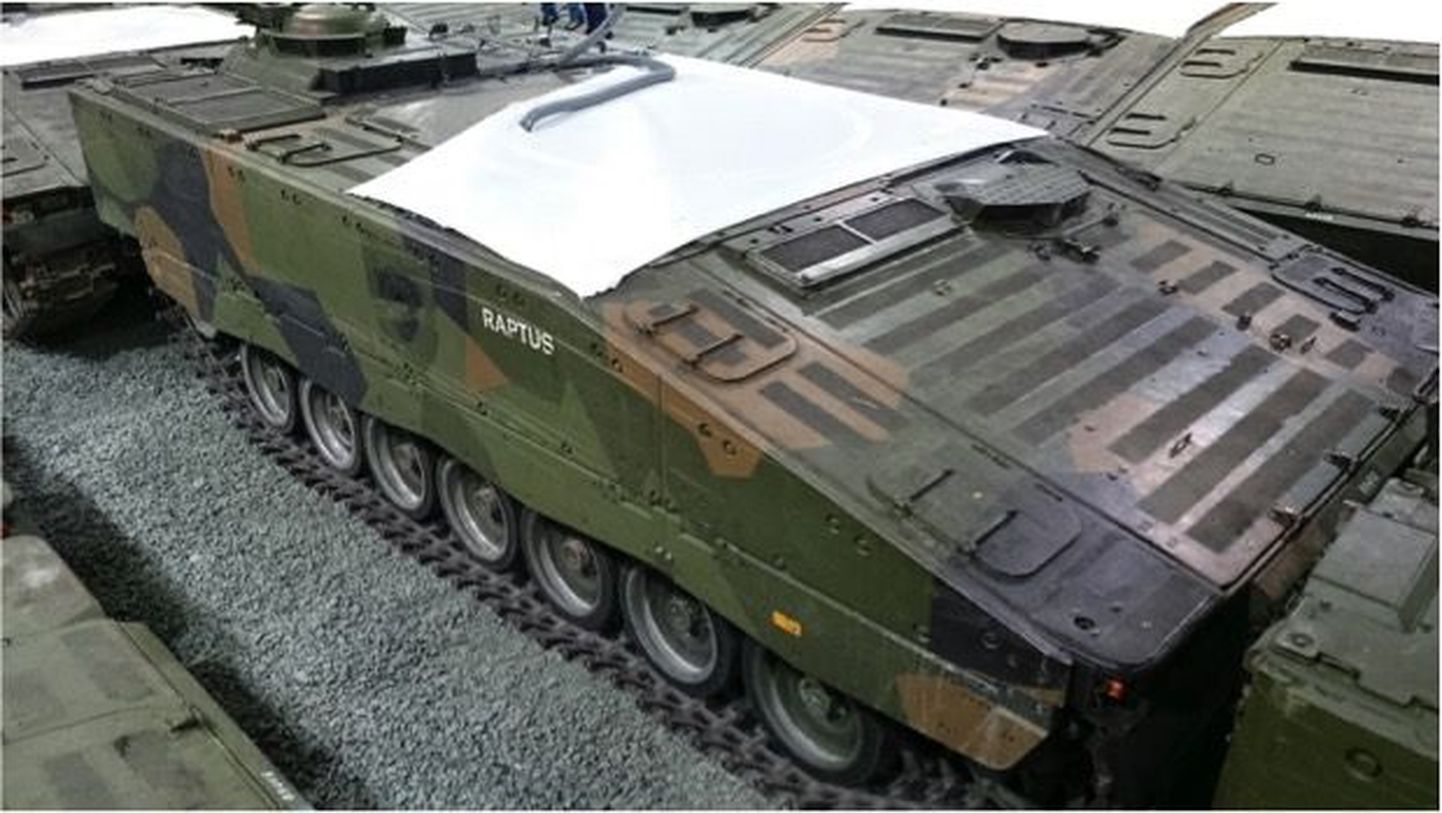As, a year ago, defence minister Sven Mikser signed the purchase contract for 44 combat vehicles CV90 in Holland, this was but a part of a plan. The €113m buy will indeed be shaped into main force for Scoutsbattalion in near future, while a host of other machines are needed as a complement: mortars, command posts, transporters – all also armoured.
«After we bought the main machines, the CV90, we begun to look around where similar vehicles were available,» said defence ministry vice chancellor Ingvar Pärnamäe.
Multiple times below market price
While Sweden is currently using ready-made support vehicles partly befitting Estonia, Norway’s offer stood out. True, the technology needs vital and costly modification.
Namely, the hulls currently stored at a hangar in Norway belong to some 15 years old CV9030 type machines from which the Norwegians have removed the costliest part – the turrets with the guns. All in all, Norway is disarming 70 such hulls.
«These have been taken to the garage straight from the troops who drove them just half a year ago,» said Lieutenant Colonel Kalle Teras of Defence Forces headquarters responsible for defence planning.
A few months ago, defence ministry and Defence Forces experts were in Norway to pick out the ones which fit Estonia. The ones thus far chosen have been used at exercises, while the 70 definitely include such as have been to missions in Afghanistan.

